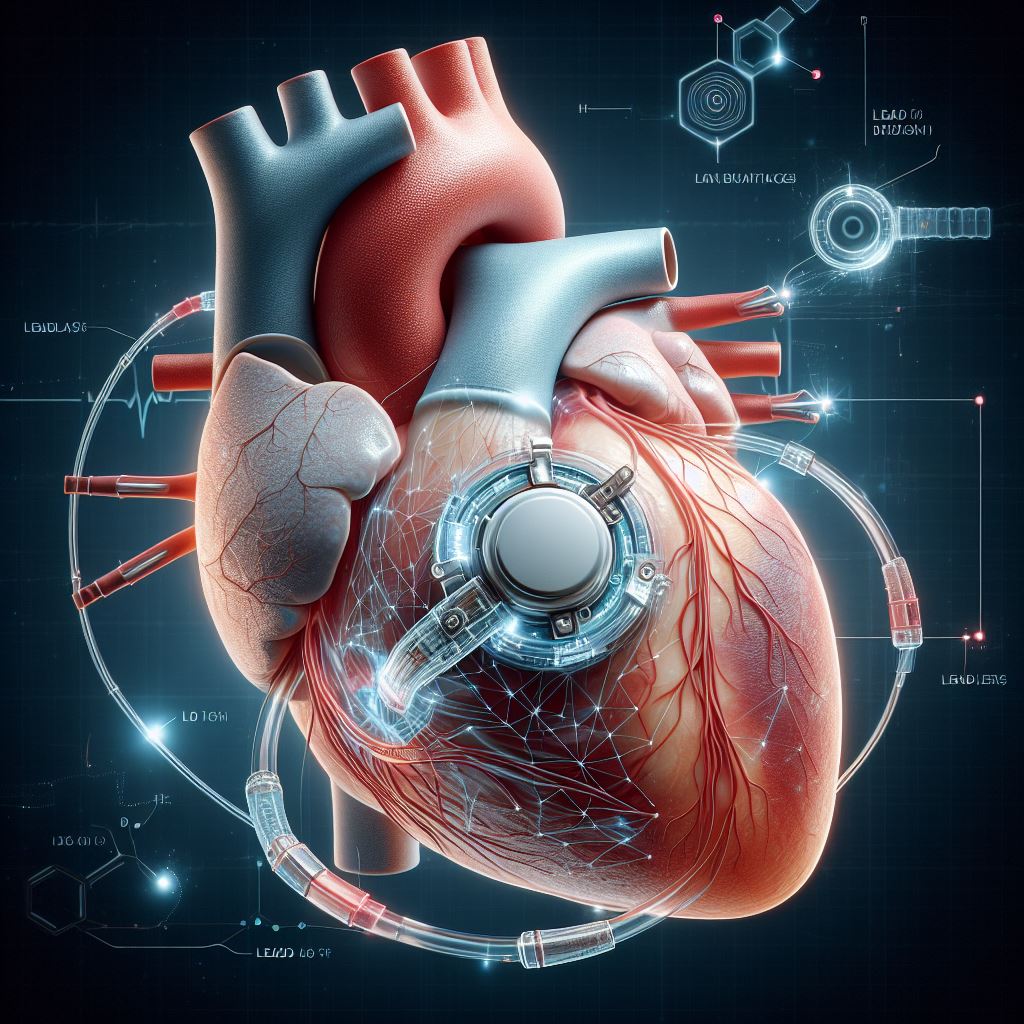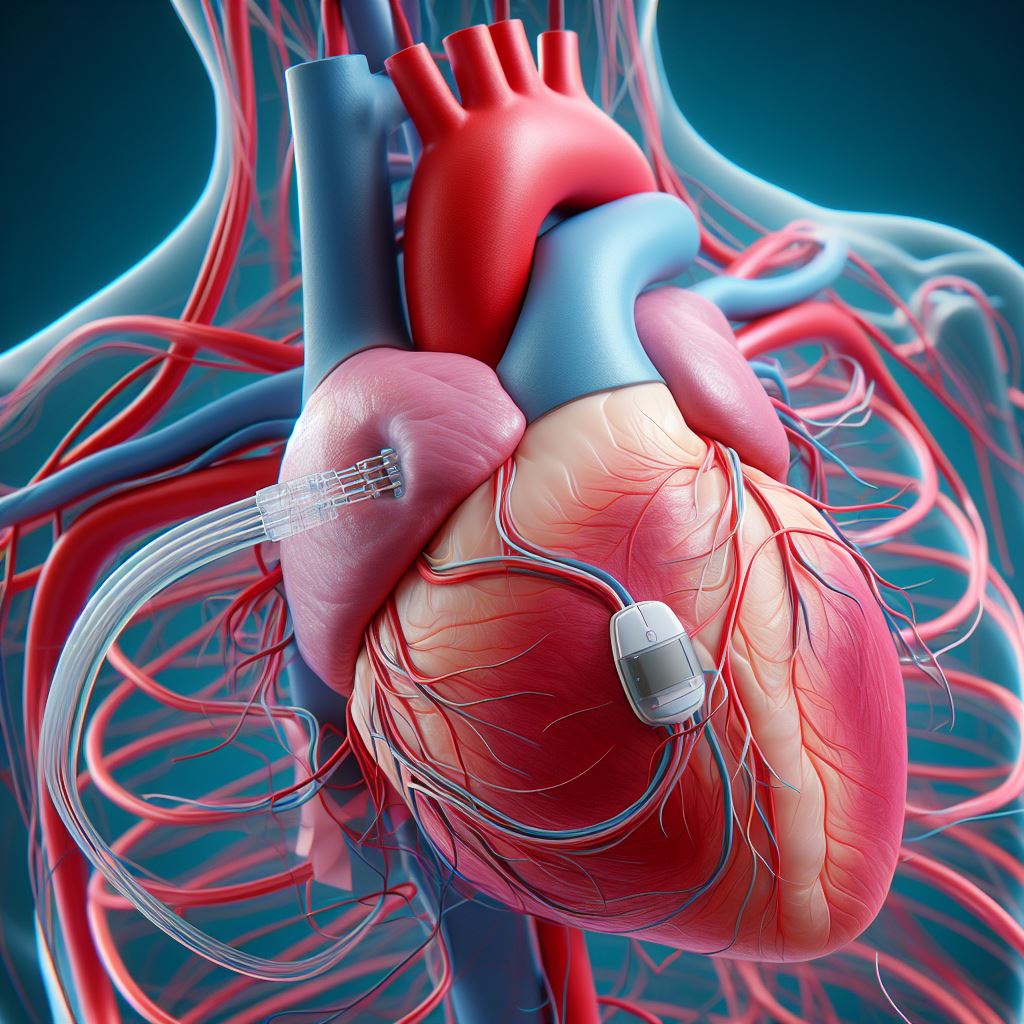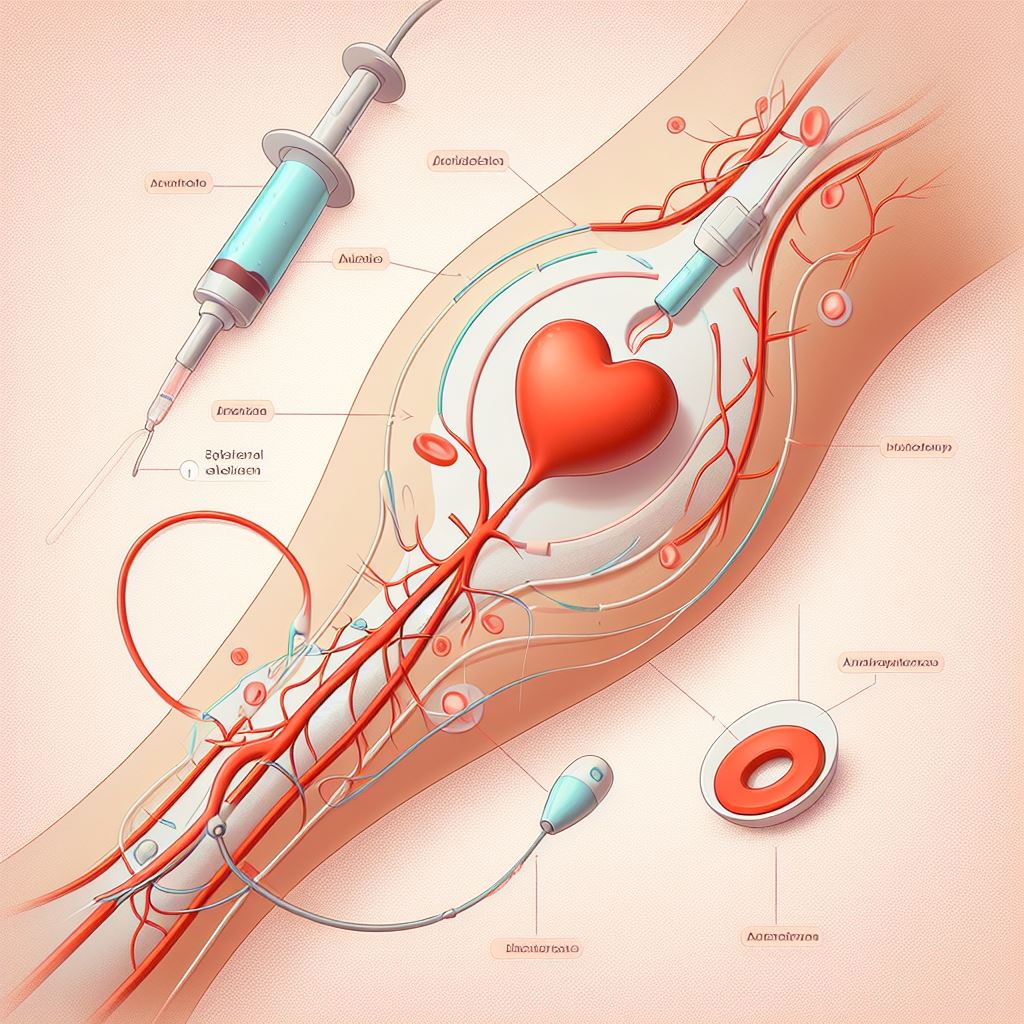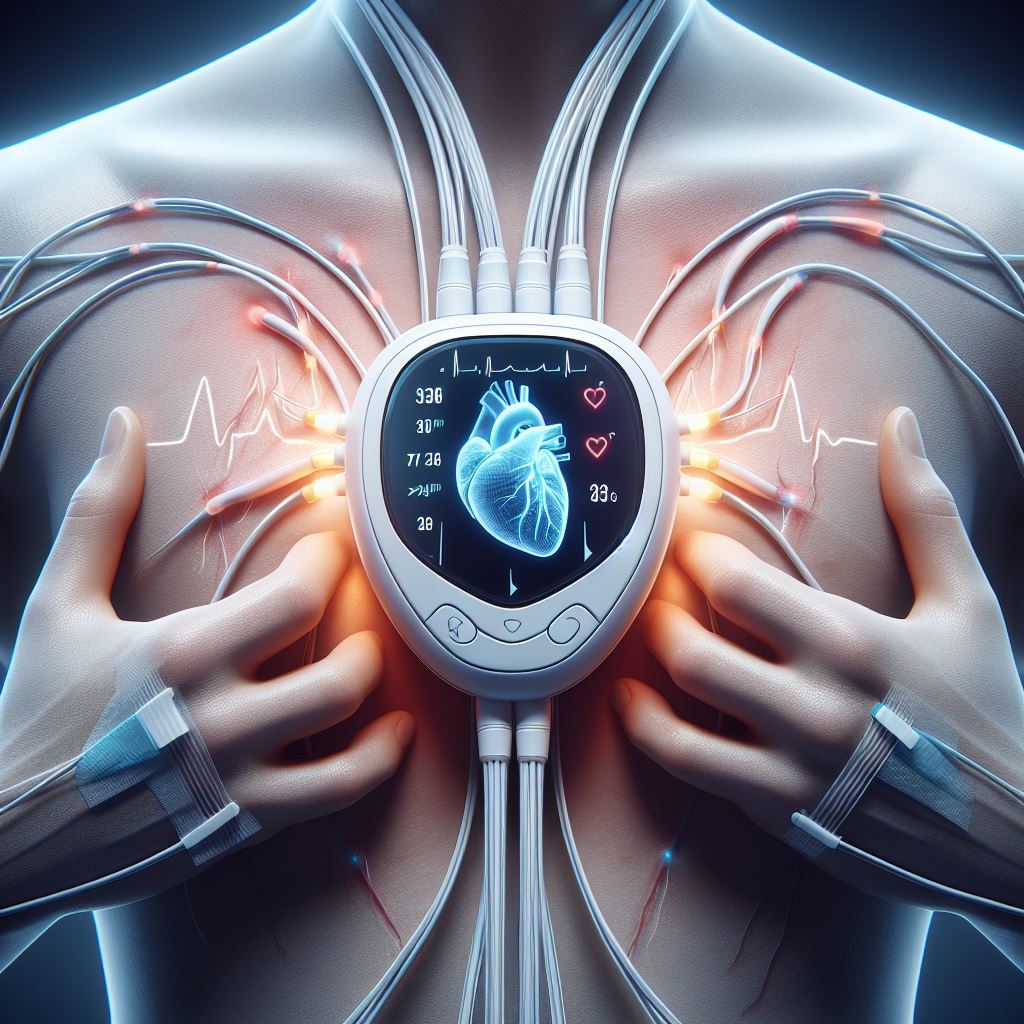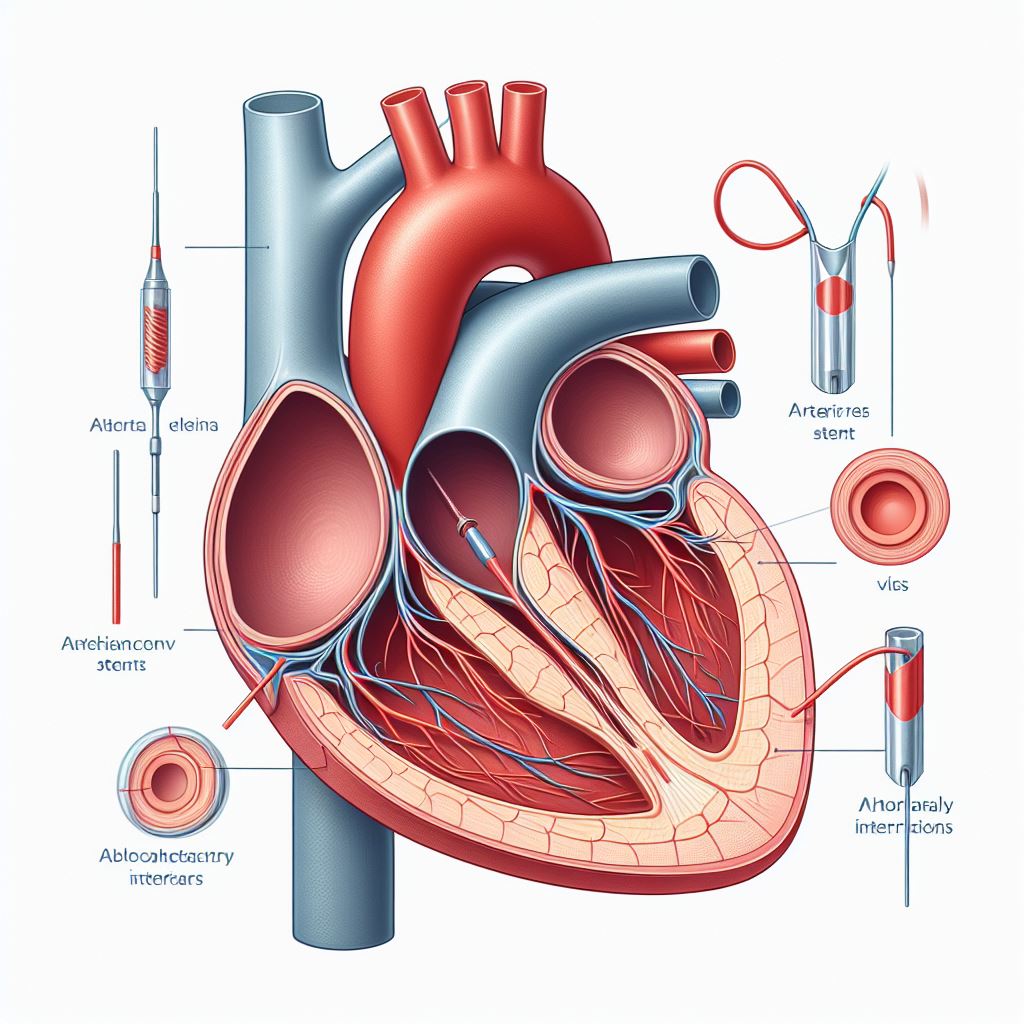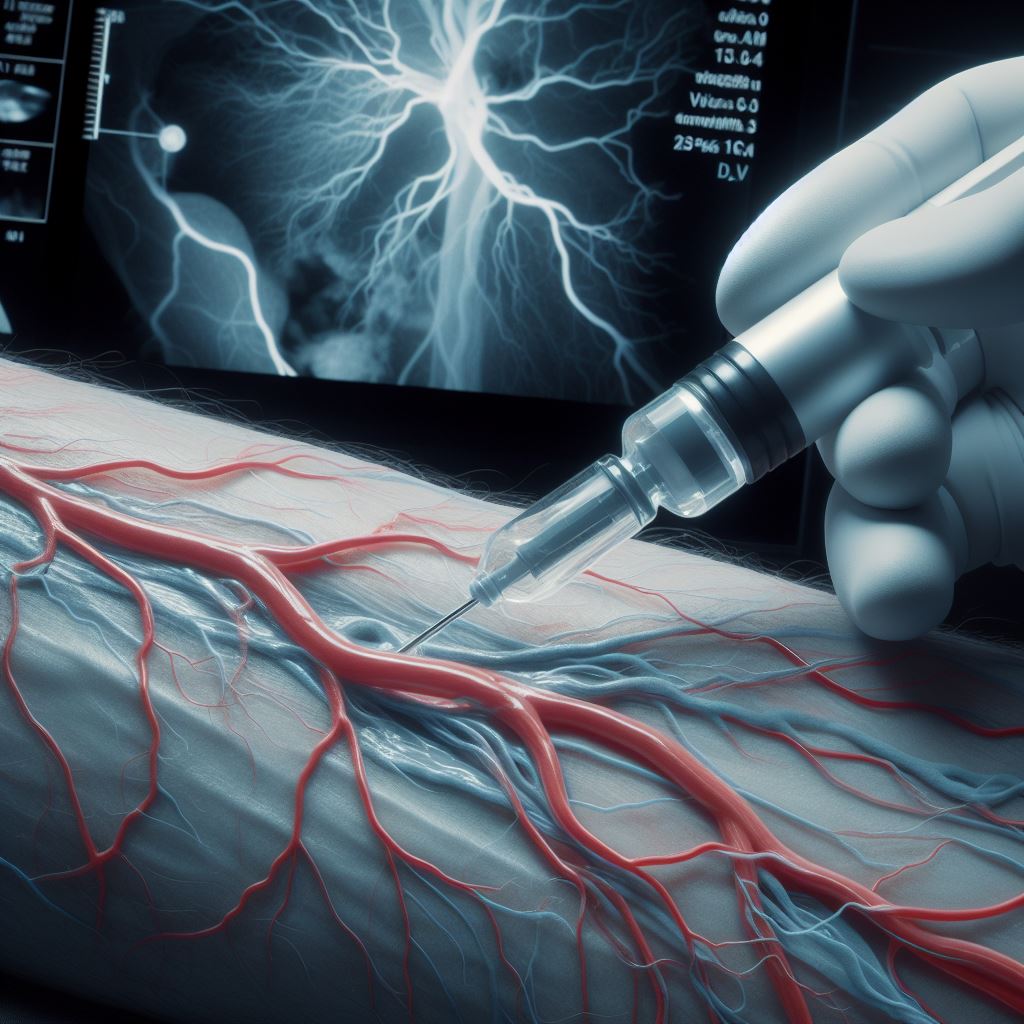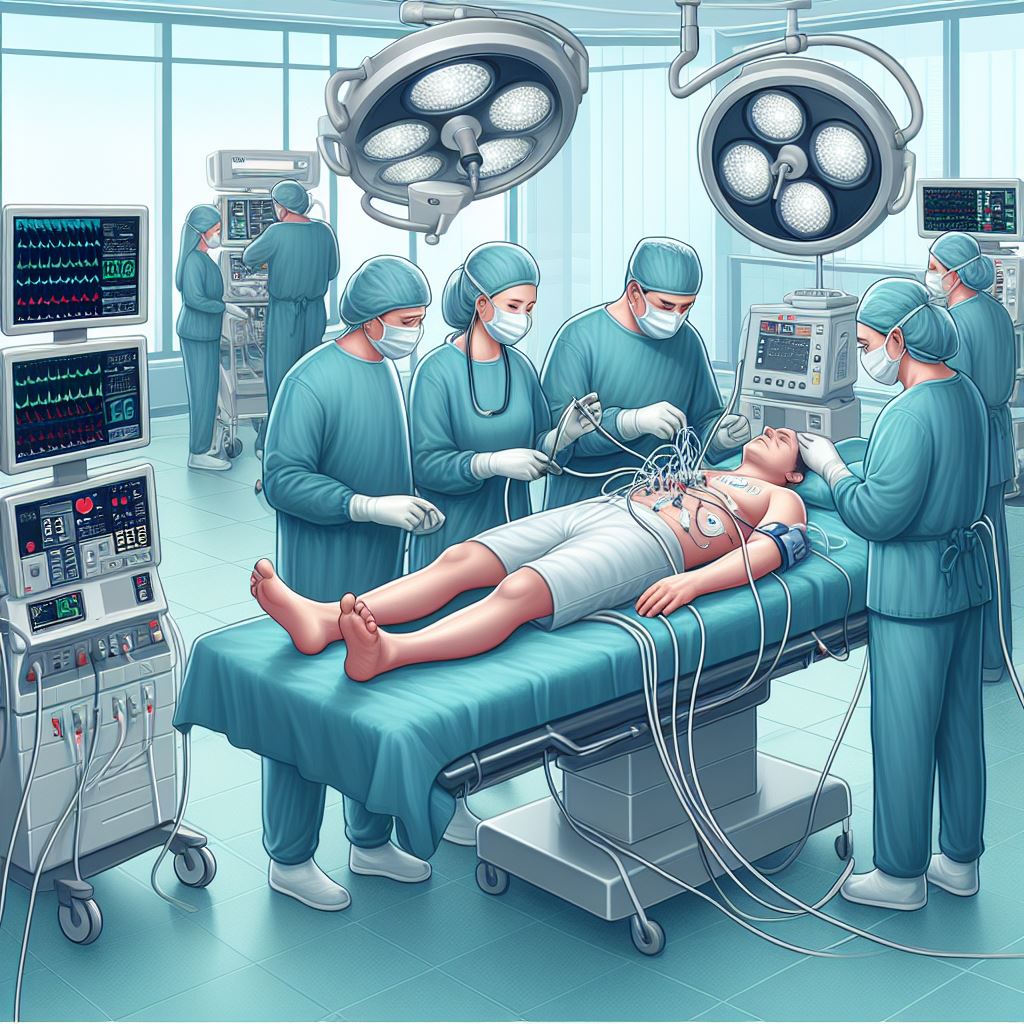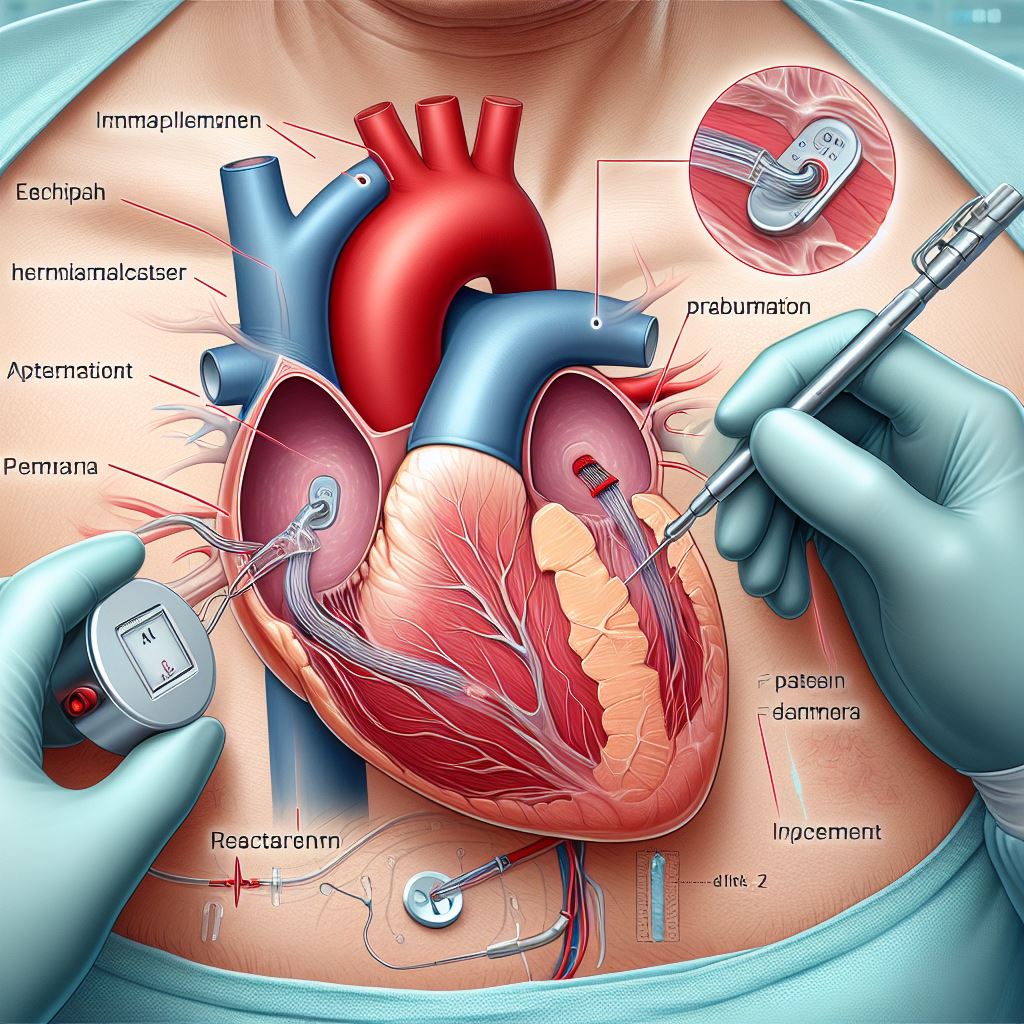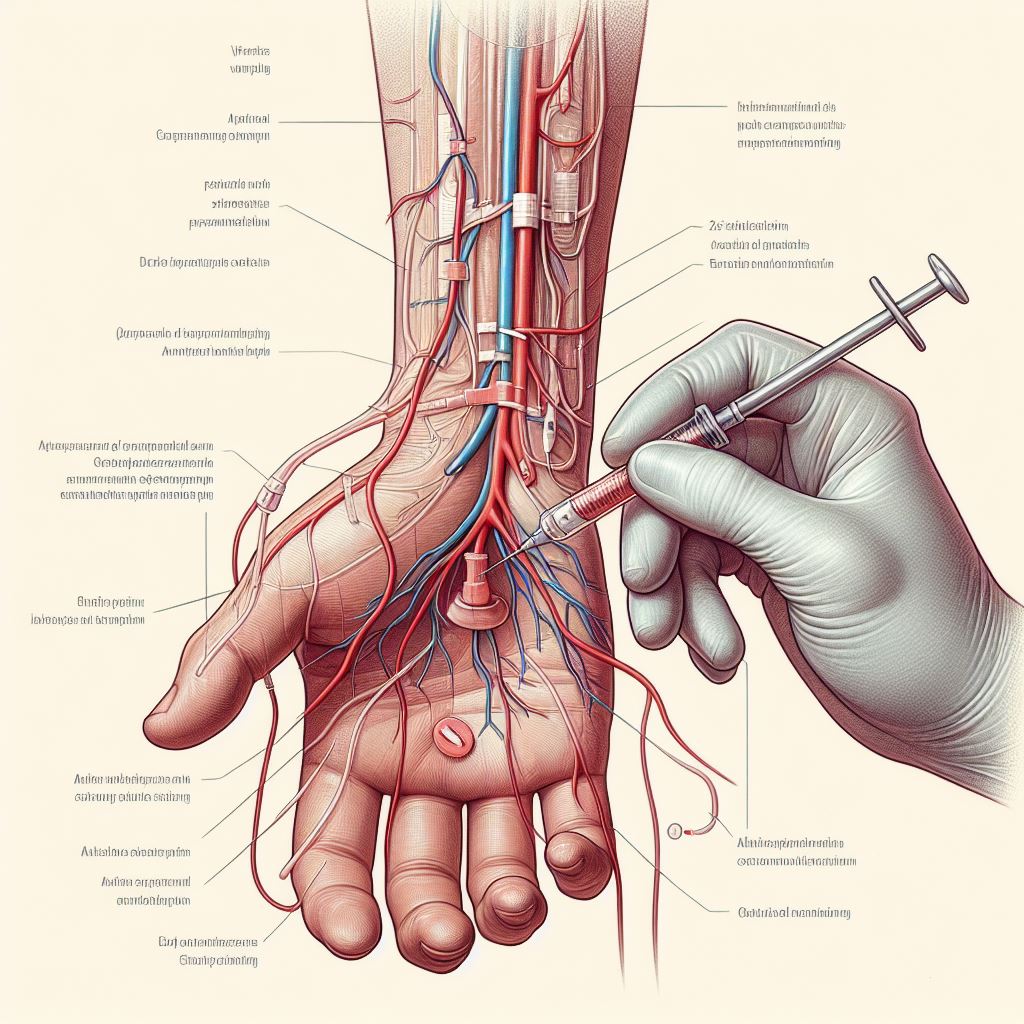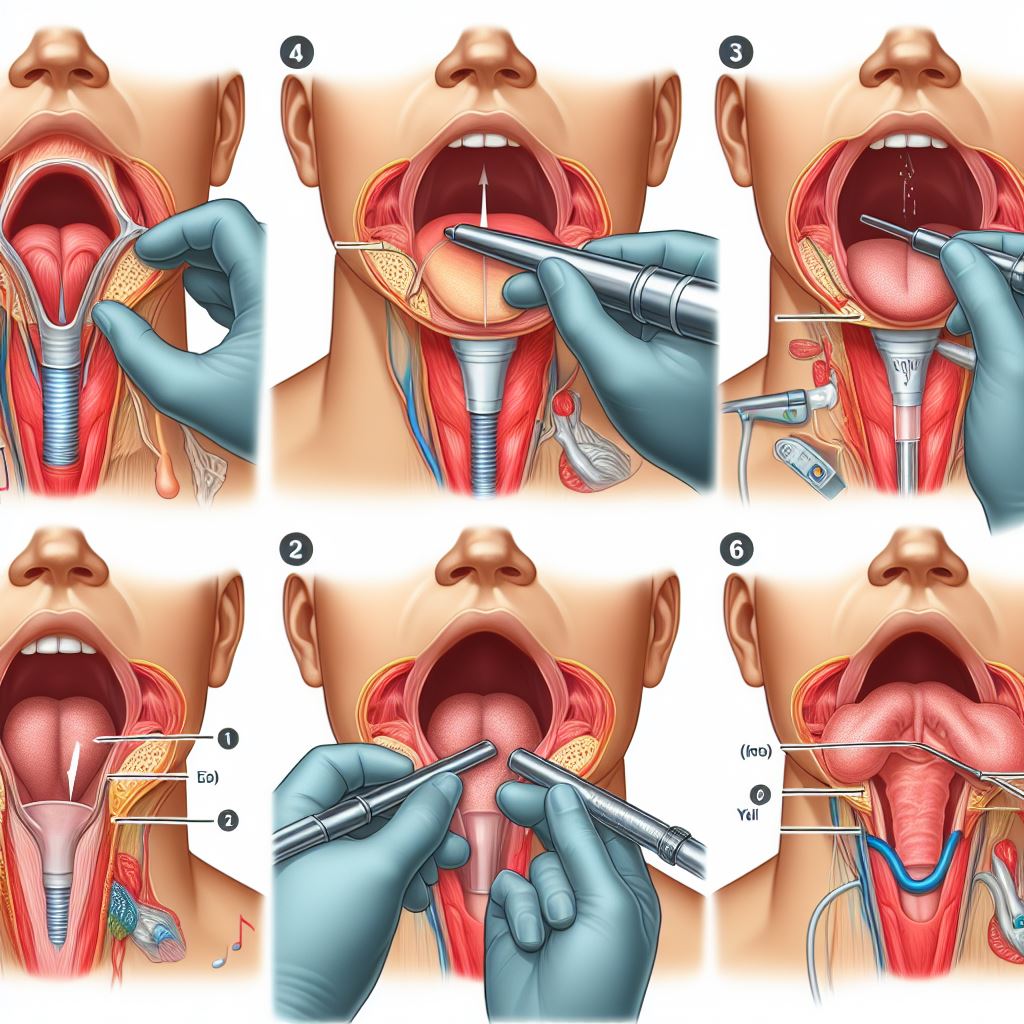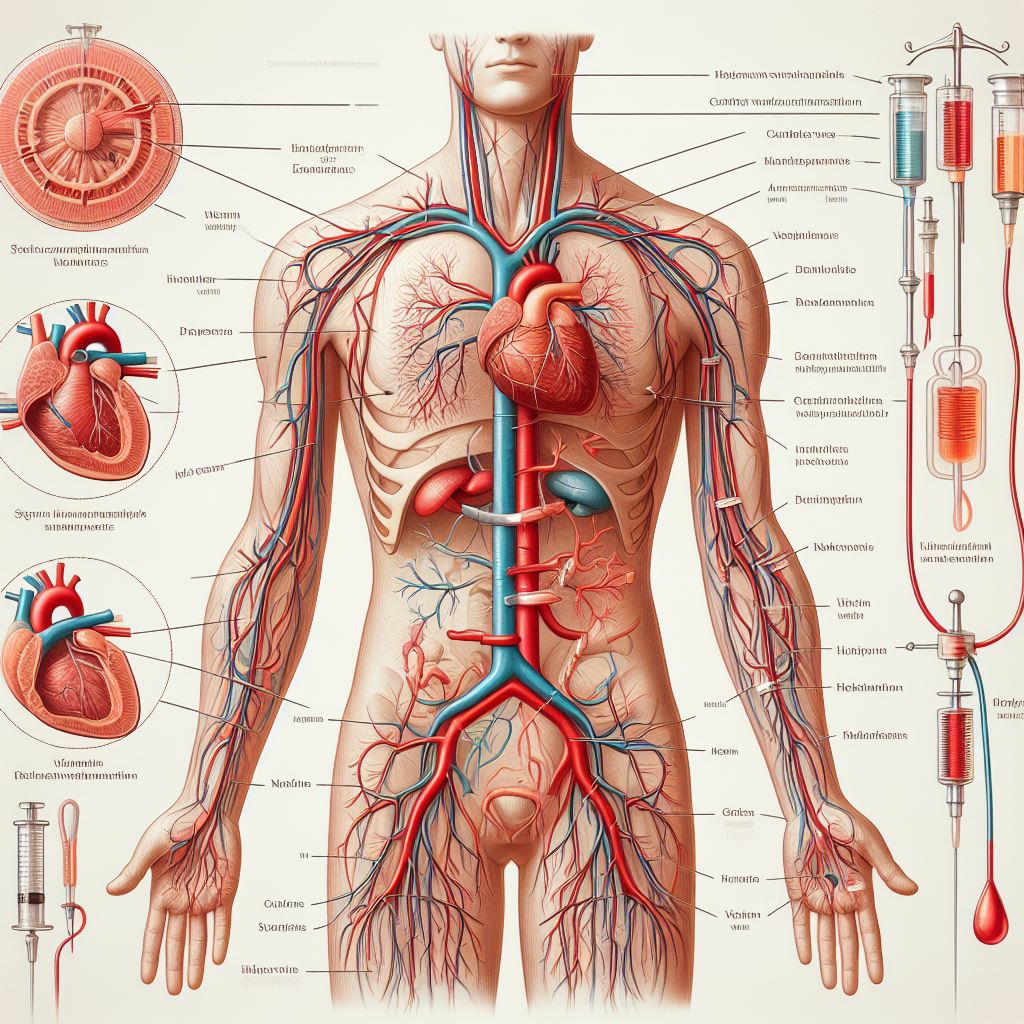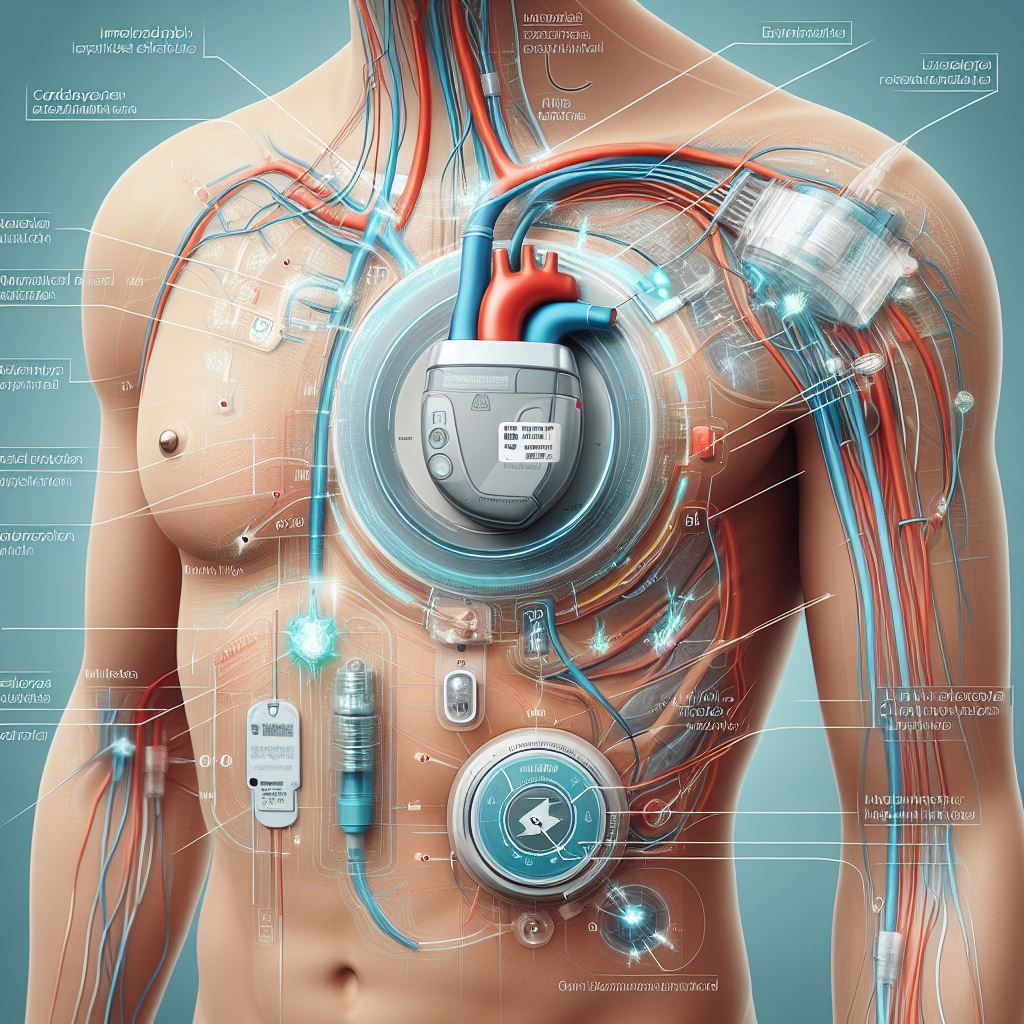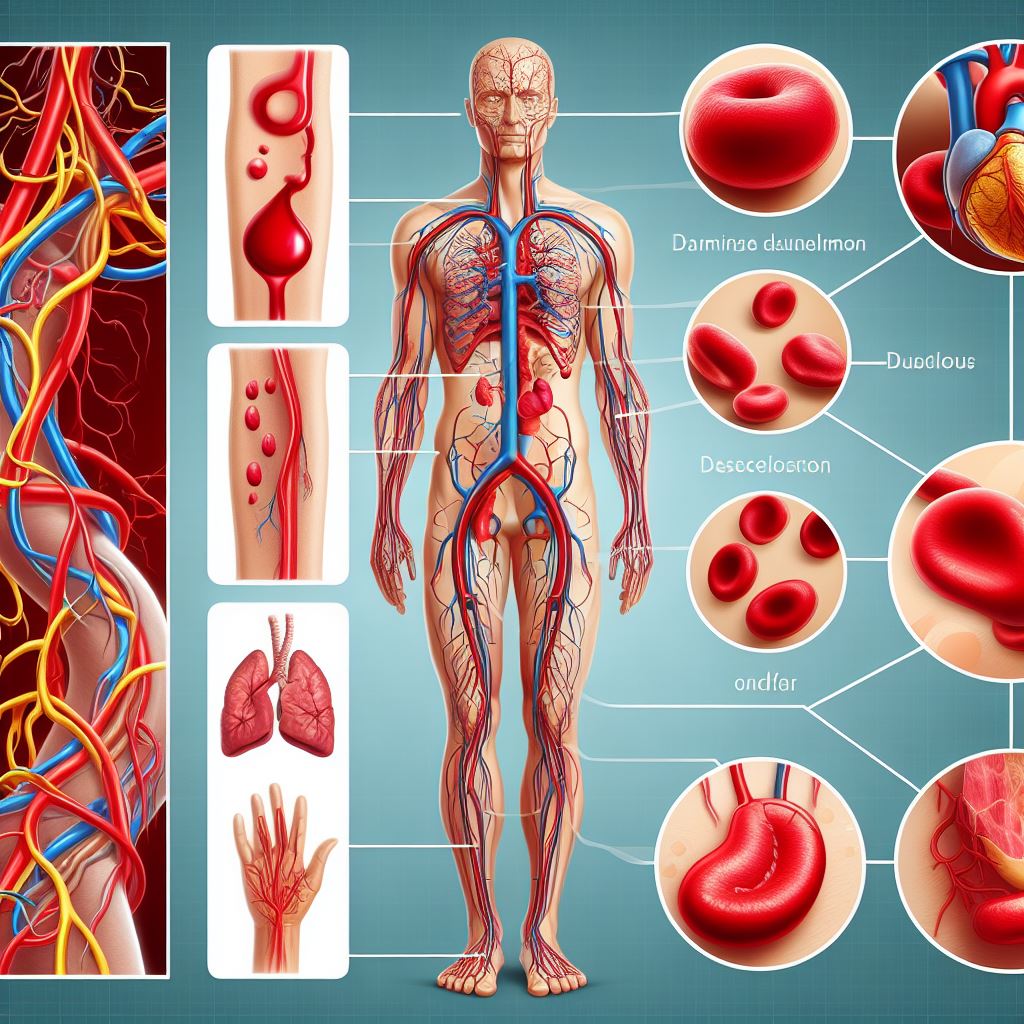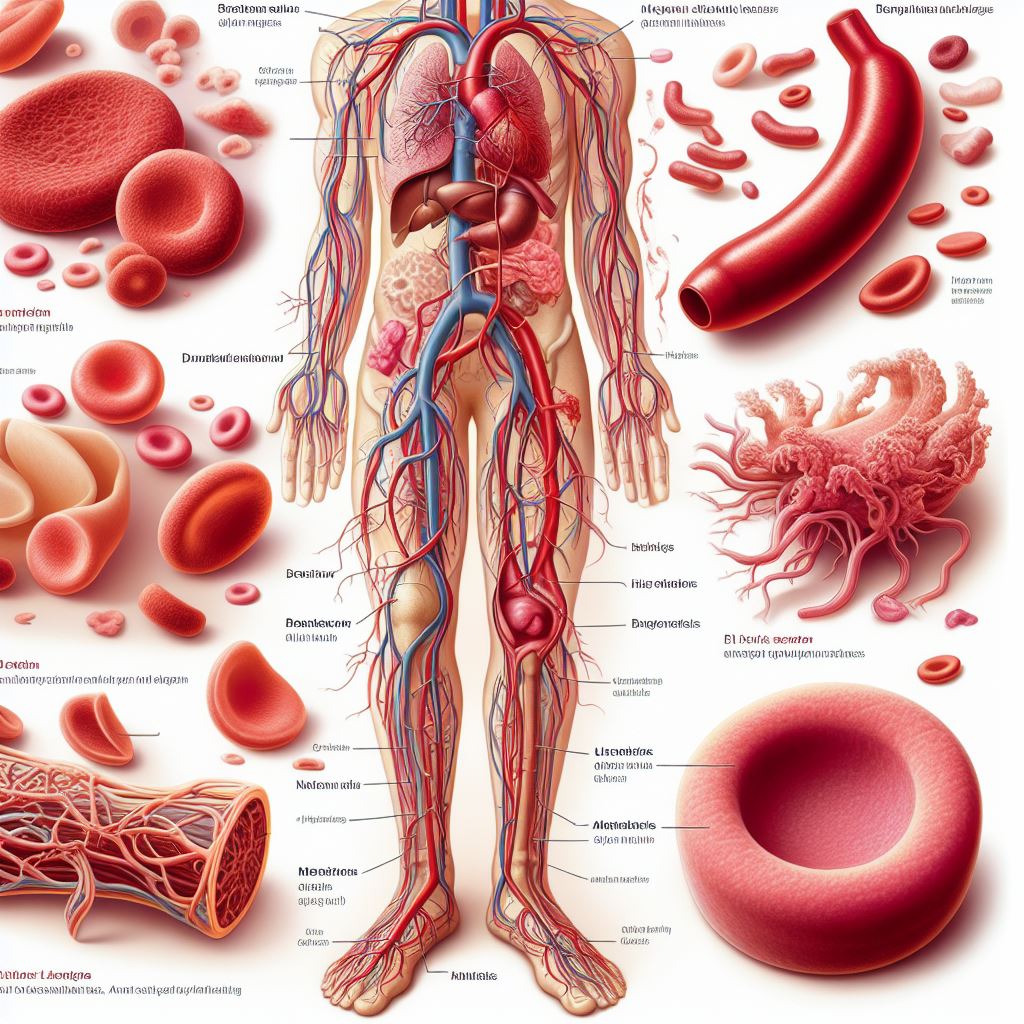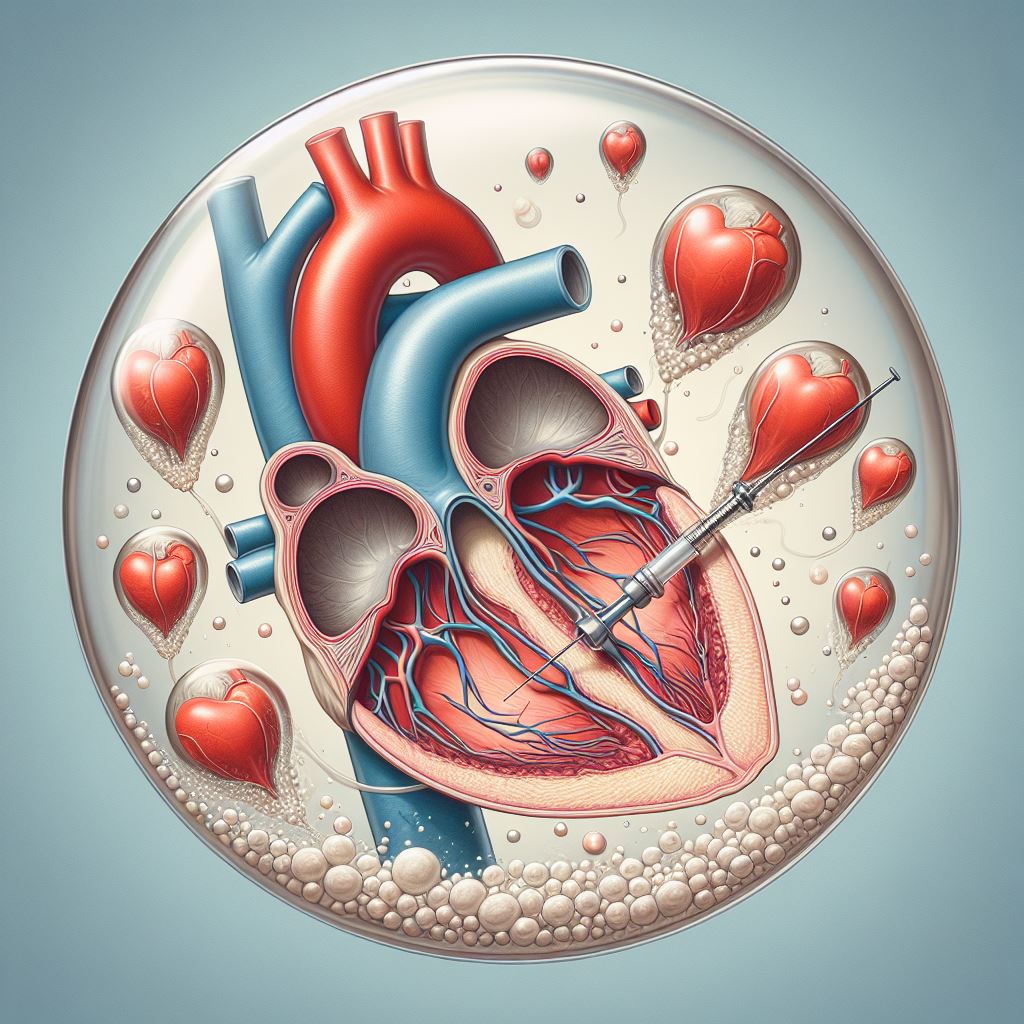
Valvuloplasty - Balloon Dilatation of Cardiac Valves
Valvuloplasty - Balloon Dilatation of Cardiac Valves: Navigating a Path to Cardiac Wellness
Valvuloplasty, particularly balloon dilatation of cardiac valves, is a minimally invasive procedure aimed at treating heart valve stenosis, where the valves become too narrow, impeding blood flow. During this procedure, a balloon catheter is threaded through a blood vessel, typically starting from the groin, and advanced to the heart. Once positioned at the stenotic valve, the balloon is inflated, stretching the valve open to improve blood flow. This technique offers a less invasive alternative to valve replacement surgery, making it suitable for high-risk surgical patients. However, it does carry risks such as bleeding, infection, or potential damage to the heart or blood vessels. Post-procedure, patients generally experience a quicker recovery compared to traditional surgery, but the effectiveness and longevity of the treatment can vary, requiring ongoing monitoring and possibly subsequent interventions.
Types of Valvuloplasty
1. Mitral Valvuloplasty:
The mitral valve, nestled between the left atrium and left ventricle,
undergoes focused attention in this type of valvuloplasty. Our experienced team
carefully navigates the catheter to the targeted area, ensuring precise
intervention.
2. Aortic Valvuloplasty:
Addressing concerns related to the aortic valve – the gateway between
the left ventricle and the aorta – this procedure plays a pivotal role in
enhancing blood flow and cardiac efficiency.
3. Pulmonary Valvuloplasty:
With a focus on the pulmonary valve, situated between the right
ventricle and the pulmonary artery, this valvuloplasty type aims to restore
optimal function and alleviate symptoms.
4. Tricuspid Valvuloplasty:
The tricuspid valve, positioned between the right atrium and the right
ventricle, is meticulously addressed through this valvuloplasty approach,
contributing to overall cardiac well-being.
The Procedural Journey
1. Anesthesia Administration:
·
Patient comfort is paramount. Local or
general anesthesia is administered to ensure a pain-free experience throughout
the procedure.
2. Catheter Navigation:
·
Employing state-of-the-art imaging
techniques, such as fluoroscopy, a catheter is expertly guided through blood
vessels to the heart.
3. Balloon Inflation:
·
A pivotal moment in the procedure, the
balloon attached to the catheter is strategically inflated at the site of the
stenotic or narrowed valve. This carefully orchestrated process widens the
valve opening, facilitating improved blood flow.
4. Deflation and Catheter Removal:
· Following successful dilation, the balloon is deflated, and both the balloon and catheter are delicately removed.
Risks and Benefits
Risks:
While valvuloplasty is a generally safe procedure, it's essential to be
aware of potential risks, including:
· Infection: Possible at the
catheter insertion site.
· Vascular or Valve Damage: Though rare, there is a risk of unintended damage.
· Arrhythmias: Irregular heartbeats may occur.
· Allergic Reactions: Some patients may experience reactions to medications or contrast dye.
Benefits:
· Enhanced Blood Flow: Valvuloplasty effectively improves blood flow through the previously
compromised valve.
· Symptom Relief: Patients often experience relief from symptoms such as shortness of
breath and chest pain.
· Minimally Invasive: Compared to traditional surgery, valvuloplasty offers a minimally invasive alternative with shorter recovery times.
The Road to Recovery
After the valvuloplasty procedure, patients can anticipate a carefully
monitored and supportive recovery process:
· Hospital Stay: Typically, patients stay overnight for close observation and initial
recovery.
· Medication Management: Prescription medications are provided to manage pain and prevent blood
clots.
· Follow-up Care: Regular check-ups are scheduled to monitor progress and ensure the
ongoing success of the procedure.
· Gradual Resumption of Activities: Patients are guided on when and how to gradually resume normal
activities, with individualized recommendations based on their unique
circumstances.




